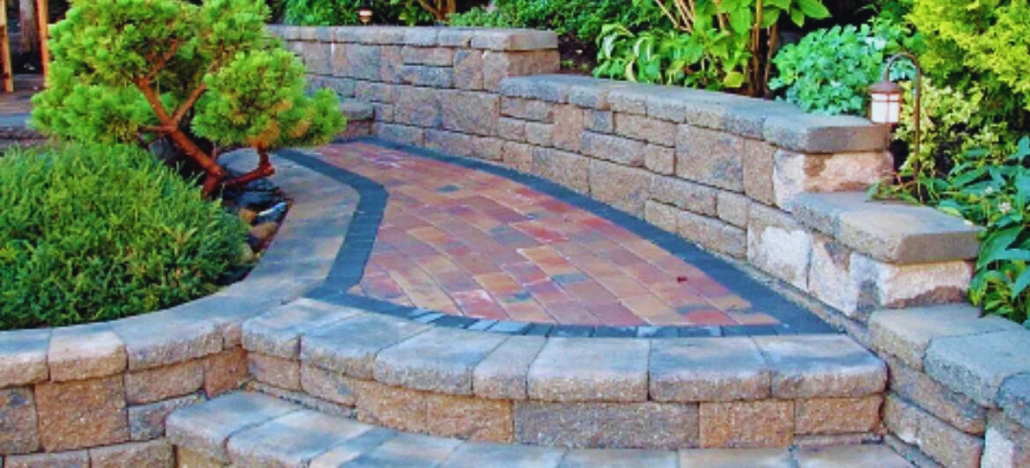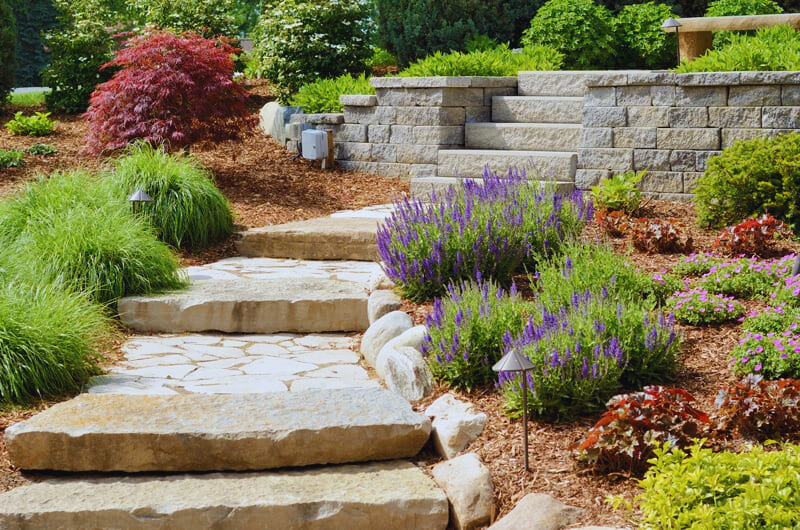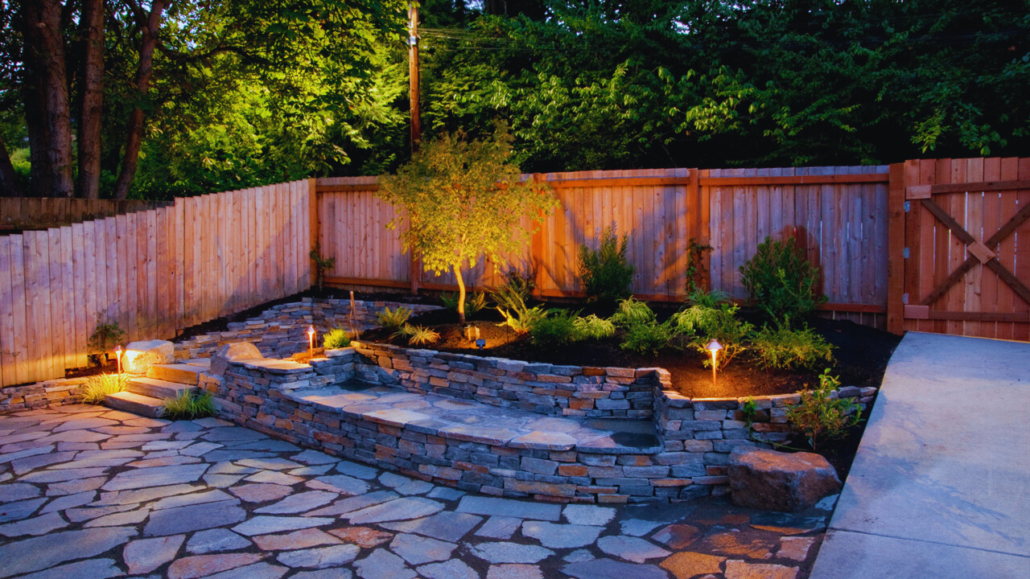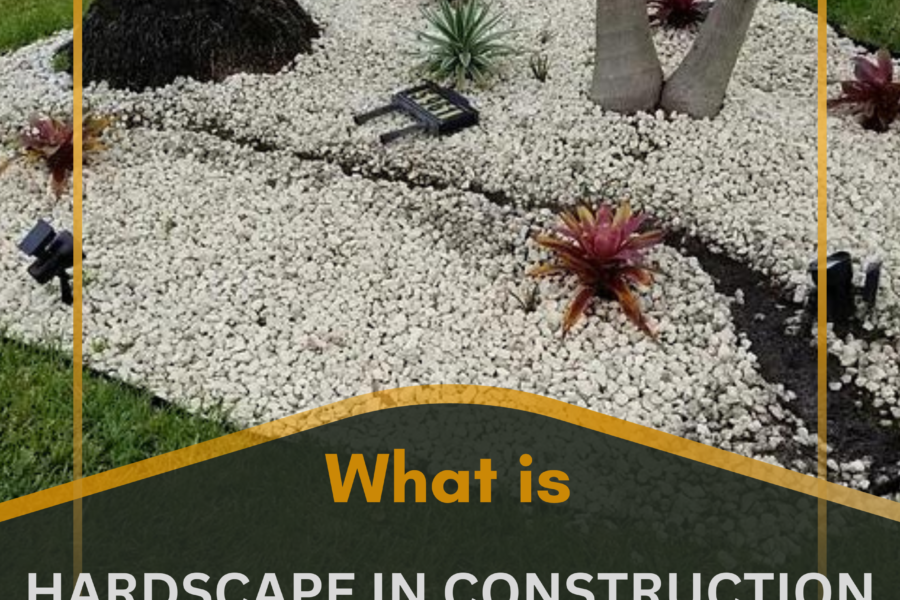What Is Hardscape in Construction: A Comprehensive Guide
What Is Hardscape in Construction: When it comes to construction and landscaping, the term “hardscape” often pops up. But what exactly is hardscape in construction? In this comprehensive guide, we’ll delve into the world of hardscaping, exploring its definition, importance, materials, and creative applications.
Table of Contents
1. Understanding Hardscape: The Basics
1. Defining Hardscape
Hardscape refers to the non-living elements of a landscape or construction project. These elements are typically man-made and serve both functional and aesthetic purposes. Hardscaping can include a wide range of features, such as pathways, walls, patios, and more.
2. The Role of Hardscape
In construction and landscaping, hardscape plays a crucial role in defining the structure of outdoor spaces. It provides stability, organization, and durability to a landscape, complementing the softer, natural elements like plants and trees.

2. The Key Elements of Hardscaping
1. Materials Matter
Hardscape elements are often constructed using various materials, including:
- Stone: Natural stone, such as granite or limestone, is a popular choice for creating enduring pathways and retaining walls.
- Concrete: Versatile and customizable, concrete can be used for patios, driveways, and decorative features.
- Brick: Bricks add a timeless charm to hardscape designs and are commonly used for pathways and borders.
- Wood: While not as common as other materials, wood can be used for decks, pergolas, and fencing.
- Pavers: Interlocking pavers offer a clean and modern look, ideal for driveways and walkways.
2. Creative Applications
Hardscape design allows for creativity and personalization. Some creative hardscaping ideas include:
- Outdoor Kitchen: Build an outdoor cooking space complete with countertops, a grill, and seating.
- Fire Pit: Create a cozy gathering spot with a fire pit surrounded by seating.
- Water Features: Incorporate fountains, ponds, or waterfalls for a touch of tranquility.
- Retaining Walls: Use retaining walls to level uneven terrain and add visual interest.

3. The Importance of Hardscape in Construction
1. Structural Integrity
Hardscape elements provide structural integrity to a landscape. They prevent soil erosion, control water runoff, and ensure proper drainage. This is essential for preserving the overall integrity of a property.
2. Enhancing Aesthetics
Well-designed hardscape can transform a plain outdoor space into a visually stunning area. The choice of materials, colors, and patterns can greatly enhance the aesthetics of a property.
3. Functionality and Accessibility
Hardscape elements, such as pathways and driveways, improve accessibility and functionality. They create clear routes for pedestrians and vehicles and can even increase property value.

4. The Creative Process: Designing Hardscape
1. Planning and Layout
Before embarking on a hardscape project, careful planning and layout design are crucial. Consider the flow of the space, the placement of elements, and the integration of hardscape with existing landscaping.
2. Material Selection
Choose materials that not only match your aesthetic preferences but also align with the climate and maintenance requirements of your area.
3. Installation and Maintenance
Professional installation is recommended for hardscape projects to ensure durability and longevity. Regular maintenance, including cleaning and repairs, is essential for preserving the beauty of hardscape features.

5. Conclusion
In construction and landscaping, hardscape serves as the backbone of outdoor spaces. It provides structure, functionality, and aesthetic appeal to residential and commercial properties alike. By carefully planning, selecting the right materials, and maintaining hardscape elements, you can create a lasting and beautiful outdoor environment that enhances your property’s value and enjoyment.
6. Frequently Asked Questions (FAQs)
Q1. Is hardscape only used in residential landscaping?
No, hardscape is used in both residential and commercial landscaping to create functional and visually appealing outdoor spaces.
Q2. What are some sustainable hardscape materials?
Sustainable options include permeable pavers, reclaimed wood, and recycled materials, which reduce environmental impact.
Q3. Can I DIY a hardscape project, or should I hire a professional?
While small projects can be DIY, larger and complex hardscape projects are best handled by professionals to ensure quality and safety.
Q4. How do I maintain hardscape features like pathways and patios?
Regular maintenance includes cleaning, sealing, and addressing any cracks or damage promptly to extend the life of hardscape elements.
Q5. Are there any regulations or permits required for hardscape construction?
Regulations vary by location, so it’s essential to check with your local authorities or consult with a professional for guidance on permits and compliance.




